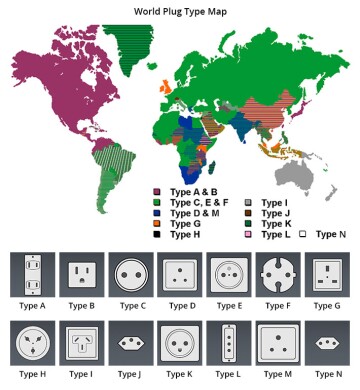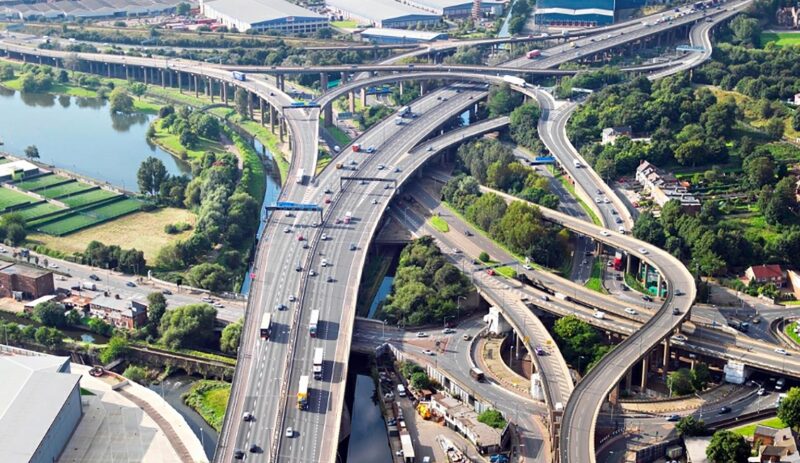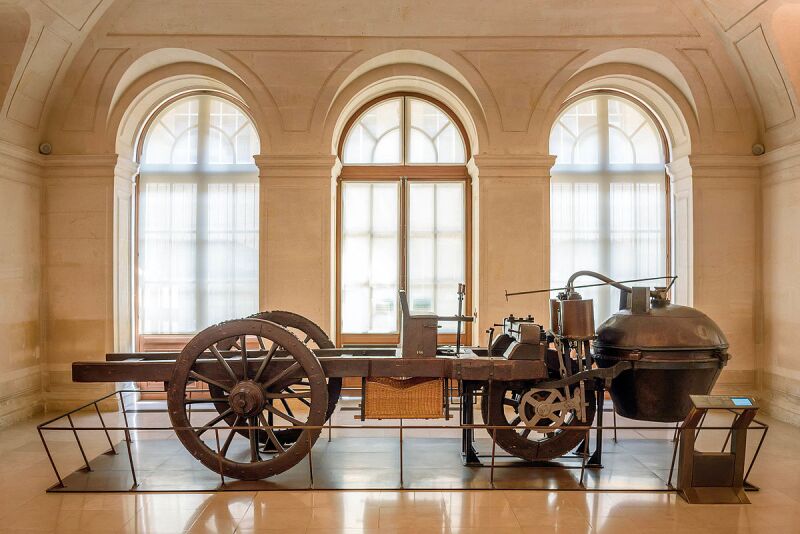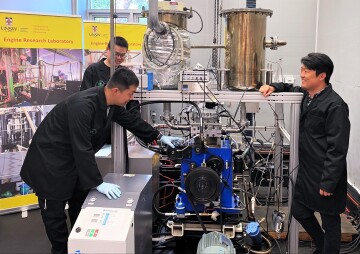Change is inevitable, but the inertia associated with change that opposes it cannot be ignored. When change involves a cultural or monetary aspect, this inertia increases exponentially.
QWERTY: All 26 letters in the English alphabet are arranged in a very strange fashion known as QWERTY for the first six letters on top left. Companies making typewriters started with this arrangement and further popularized QWERTY by providing training to the typists. The layout became so popular that computer keyboards followed the same arrangement without question, even though some of the mechanical rationale for the arrangement was no longer relevant. The same followed to cellphones (Blackberry/Nokia Communicator) and now smartphones.

Researchers around the world have proposed new patterns of the keyboard and claimed to have a better result in typing with respect to speed, efficiency, ergonomic design, etc. Some examples include the T-34 keyboard layout, the Ferris keyboard, the BEAKL arrangement, Dvorak, Colemak, and KALQ.
Whatever the reason for initially adopting QWERTY keyboards, it is difficult to now remove it from the system as there is a large amount of infrastructure, services, and usage associated with it. The conventionality of the QWERTY keyboard is making us use it everywhere even though there might be more-efficient alternatives.

Electrical Outlets: There are 15 different types of electrical outlets across the world, labeled A through O. Apart from the diversity (which results in a nightmare when traveling internationally), the conventional outlets have limitations such as difficulty with accommodating bulky adapters or the risk of accidental shocks when inserting or removing plugs. However, no serious effort has been made to replace them with a safer, more versatile solution due to the unrealistic prospect of replacing every outlet in a country, let alone across the entire globe.
City Design: Most of the cities designed in the past century have been planned to accommodate more automobiles. This led to pollution, congestion, health issues, car-dependent urban environments, and limited walkability and public transit options.

As these issues gain prominence in the public forum and residents demand less car-centric design, efforts to adopt friendlier, more localized urban design are impeded by the associated cost. Modern city planners try to envision and design new parts of the cities with more emphasis on approachability, walking, green zones, but they are limited by the existing demand of automobiles.
Computer Mouse: Widespread, high-volume use has exposed the traditional two-button computer mouse as unergonomic, which leads to discomfort and potential long-term injuries like carpal tunnel syndrome. They have a lack of buttons and have issues with software, drive compatibility, and support. Despite the creation of much friendlier designs, the two-button mouse has the most users.

There are many other such examples which represent the inertia to change due to its conventionality or widespread application resulting in larger impact on consumerism, efficiency, cultural attachments, supply chain, and eventually cause more expenses.
Another inertia to change is observed in energy, especially with respect to the prime movers and internal combustion engines.
The popularity of the current design of engines can be attributed to the invention of the internal combustion engine, fractional distillation, automobiles, airplanes, all in a span of less than a century.
With the advent of World War I and II in the early 20th century, this created a huge demand for an energy source which was easily transportable, combustible, and economical. Crude oil and its products (e.g., diesel, gasoline/petrol, kerosene, tar, naphtha) quickly gained momentum which took over the entire world. Transportation soon became easier with better-performing engines, and crude oil products soon found their way into the petrochemical (plastics) industry as well.
Crude oil and its derived products have embedded themselves deep into our civilization and become an essential part of our daily lives. Their removal can potentially lead to retrogression of much of the world population’s current way of life and technology. Let us take the example of automobiles.
Leonardo da Vinci designed a complicated self-driven horseless carriage powered by springs, and Nicolas Cugnot is credited as the inventor of the first automobile (a steam-powered, three-wheeled tank running at a whopping speed of 4 kmph which needed to be stopped every 15 to 20 min to steam up).

The first automobile running on an internal combustion engine powered by gasoline/petrol, like what we have today, was made by Karl Benz in 1886. Soon after his invention, the demand for faster mobility increased as people were immediately attracted to this invention.
This not only increased the demand for fuel but also for spare parts for the cars and the internal combustion engine. Soon supply chain management was designed to cater to this demand all over the globe, and pipelines, tankers, sea routes, pumping stations, storage tanks, petrol pumps/gas stations, and mechanic shops were created to provide fuel and supplies to these widely distributed vehicles.
These establishments, systems, and mechanisms were made with the sole purpose of providing gasoline/petrol/spare parts to an individual’s automobile. A change in the type of engine in personal vehicles would lead these facilities to become obsolete and require the establishment of a new supply chain, which can be a huge task.
Hence, to find the next optimum source of energy, especially for prime movers, the conventionality or the amount of change required to implement is something that cannot be ignored.
There are other reasons as well which create inertia preventing change, which are directly or indirectly related to conventionality, for instance, financials, abundance, and training.
So, what solutions can be adopted for overcoming the inertia of conventionality with engines? Could replacing the fuel source be a viable solution?
Ethanol: Addition of corn-based ethanol to gasoline helped reduce the emissions on average by 40%. This enabled continued usage of automobiles while reducing the pollutants.
Natural Gas: An option for LPG/NPG/propane-powered cars was a big success in terms of ensuring that the design of the engine does not change, and the vehicle remains and performs similarly. A similar result was observed with hybrid vehicles (electric and gasoline/petrol).
Synthetic Fuels: Synthetic fuels are slowly gaining momentum in the frontiers of research. Porsche said its new “electrofuels could cut CO2 emissions by more than 85% and is cleaner than an electric vehicle when factoring in the environmental impact of battery production.” Porsche has already started the pilot factory in Chile for manufacturing of the fuel. The supply chain of such synthetic fuels can help reduce the carbon impact of an automobile along with enabling its continued use.
Hydrogen: A large amount of research is also being conducted toward a mix of fossil fuel and hydrogen. The purpose is to identify the correct ratio of natural gas/gasoline/diesel and hydrogen to obtain cleaner combustion. The existing infrastructure of pipelines can be used to transport hydrogen.

- Researchers at the University of Wales have successfully conducted a test on running a diesel engine using 90% hydrogen, reducing emissions by 85%.
- The National Renewable Energy Laboratory (NREL) conducted research on blending hydrogen with natural gas pipelines for better transportation.
- The National Energy Technology Laboratory (NETL) also studied the effect of using hydrogen with natural gas in natural gas turbines. This can be a big step in energy change for power generation.
Such initiatives provide a cleaner alternative and the ability to support current infrastructure.
This however, does not mean that electric cars and eco-friendly products cannot help the planet. They can help in the short term, but it is essential to understand that even though they may seem to be “greener,” they may not be the solution to the problem. Buying eco-friendly products will not resolve the problem as buying (consumerism) is a part of the problem. An ideal energy solution would be the one that does not need revamping of the existing infrastructure but utilizes (reuses) it with minimum changes.
For Further Reading
- Energy - A Human History, Richard Rhodes, 2018, Simon & Schuster
- https://www.energy.gov/ne/articles/nuclear-power-most-reliable-energy-source-and-its-not-even-close
- https://www.leonardo-da-vinci.net/automobile/
- https://www.theguardian.com/world/2004/apr/24/italy.arts
- https://hbr.org/2019/07/the-elusive-green-consumer
- https://www.sciencedaily.com/releases/2019/10/191008155716.htm
- https://www.apartmenttherapy.com/plug-types-by-country-37127927
- https://www.nrel.gov/docs/fy23osti/81704.pdf
- https://netl.doe.gov/sites/default/files/publication/A-Literature-Review-of-Hydrogen-and-Natural-Gas-Turbines-081222.pdf
- https://www.smithsonianmag.com/arts-culture/fact-of-fiction-the-legend-of-the-qwerty-keyboard-49863249/
- https://www.theverge.com/24118418/keyboard-layout-qwerty-microsoft-copilot-surface-netflix-thumbs
- https://www.lindahall.org/about/news/scientist-of-the-day/nicolas-joseph-cugnot/
- https://group.mercedes-benz.com/company/tradition/company-history/1885-1886.html
- https://www.cgtrader.com/3d-models/car/sport-car/low-poly-audi-r8-2019-without-logo
- https://www.re-thinkingthefuture.com/architectural-community/a10005-what-are-automotive-city/
- https://community.fs.com/article/small-power-cord-big-difference.html
- https://www.techgearlab.com/topics/small-and-home-office/best-wireless-mouse
- https://afdc.energy.gov/fuels/ethanol-benefits
- https://www.dw.com/en/eu-jump-starts-battery-development-projects-with-more-subsidies/a-56354246
- https://www.bbc.com/news/business-64248564


